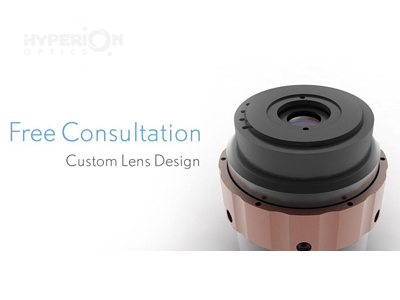Infrared rays, also known as infrared rays, are a range of wavelengths in the spectrum from 0.76 to 400 micrometers, which are invisible light. All substances above absolute zero (-273.15°C) can generate infrared rays. In modern physics, it is called thermal radiation. Medical infrared rays can be divided into two categories: near-infrared and far-infrared. Infrared cameras are powered by low-power infrared rays, which are either near-infrared or short-wave infrared.
Infrared light is an illuminating wave between visible light and microwave energy levels in the electromagnetic spectrum. The range of infrared light extends from red to violet. Because infrared light is a part of the visible light spectrum that we cannot see without infrared camera lenses, infrared camera lenses photography truly allows our eyes to see a new element of our world. Unfortunately, infrared photography has its limitations.
Cost can be both an advantage and a disadvantage. For beginner photographers looking for ways to capture infrared light, the prices of basic lenses are relatively low. However, the better the infrared camera lenses, the more delicate the infrared light. High-quality infrared camera lenses are usually more expensive.
The biggest advantage of infrared photography lies in its inherent infrared spectrum. Infrared camera lenses capture things that the human eye cannot see. This means that anyone without an infrared camera lens will not see any photos you take with infrared camera lenses in the same style. The images will be unique. The biggest advantage of infrared photography is also its biggest drawback; it is very unconventional. Shooting family photos, wedding photos, or photos of anyone else will distort the subject. Although the effect may be interesting, it is unlikely to be considered pleasing. Infrared photography does not show us what our eyes see, so we must be more open to the final product.
Learning how to take visually appealing photos is a learning process in any field. Learning to use infrared camera lenses to capture images is a whole new experience. Although installing infrared camera lenses is the same as any other lens on a camera, taking photos with it does not involve a "what you see is what you get" approach. Take some time to experiment with exposure lengths and different lighting levels. Let's explore infrared photography together, just like newcomers to photography.

 Call us on:
Call us on:  Email us:
Email us:  R&D Center: 9B-4F 401,No.1 Qingnian Road Liando U Valley,Yuhua International Wisdom Valley, Nanjing, 210039 China
R&D Center: 9B-4F 401,No.1 Qingnian Road Liando U Valley,Yuhua International Wisdom Valley, Nanjing, 210039 China









 English
English  cn
cn  de
de  es
es  fr
fr 


